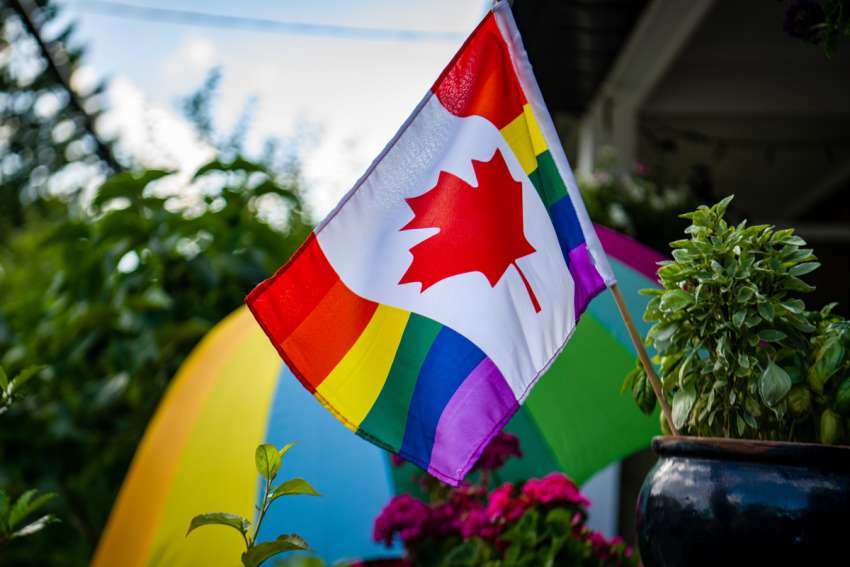The Fenian, Republican and Red Hand of Ulster flags that flew on the rooftops of Canadian government buildings, and festooned schoolyard poles across the land, were evidence of our unwavering commitment to memorialize 800 years of Irish oppression.
The breezes stirring those flags might have been the million souls lost in the Great Famine of 1845-1850 — that monstrosity engineered by the British colonialism equally to blame for Canada’s Indian Residential School system.
They reminded us, too, of the million who fled the famine, thousands dying of typhus on arrival; of shattered families and hungry orphans, who formed the core of Canada’s Irish heritage. All the ubiquitous flapping flags made memory real.
Or. No. Wait. We were only dreaming emerald dreams there. Blame it on The Register’s heritage as an Irish Catholic newspaper dating to 1893. There are no Irish flags uber-abundant during Irish Month in Canada. The Irish, if lucky, make do by holding frigid mid-March St. Patrick’s Day parades, which local organizing committees must save from becoming obscene cultural caricatures of Erin.
So, let’s forget the Irish, although, truly, who can forget the Irish? But on its website, Heritage Canada lists another 58 “important and commemorative days” marked by Canadians throughout the year. And we all noticed the omnipresence of transnational wind-blown drapery for Dutch Heritage Day, Persons Day, International Day of the Girl Child etc., didn’t we? Or…maybe not so much?
Yet the month of June alone has nine such note-worthy commemorations. Indigenous History Month is marked. So is National Indigenous People’s Day. Quebec gets its own, which produces a riot of waving flags, though there’s a spanner in the banner. Ottawa still calls June 24 Saint-Jean-Baptiste Day. Quebec’s neo-colonial secularists, however, long ago jettisoned that revered Catholic name and culturally appropriated it as a new feast day to venerate nationalist pride.
Curiously, Heritage Canada accords only one commemoration more than a single day or month. It calls June “the launch of Pride season.”
Season? A whole “season” has grown out of what began as impromptu urban parades staged by citizens justifiably celebrating victory over grotesque suppression of their personal liberty and integrity? Yes. From those localized parades, Pride has attained the status of a “season” like winter, summer, hockey and baseball.
So, a question: how did sexual diversity, of all things, become Canada’s obligatory seasonal commemoration? Italian, Filipino and Portuguese Canadians, for example, have their heritage months in June. But neither they, nor anyone else, merit their own season.
Why Pride? How has “Pride season” become such an uber-important celebration? Why is it so critical to our national sense of, well, pride that Pride flags must fly atop even Catholic schools?
One answer is that it’s to help sexually diverse school children feel welcome, which is compelling on its face. Yet how, precisely, is such welcome tied to a flag? We are not told. Are these children welcomed like, say, Irish orphans? Or more like flag-bearers for a political movement growing with unprecedented and uncontestable socially transformative power?
We ask only because, in the words of Ecclesiastes and the ‘60s pop group, The Zombies, it’s the time of the season.


